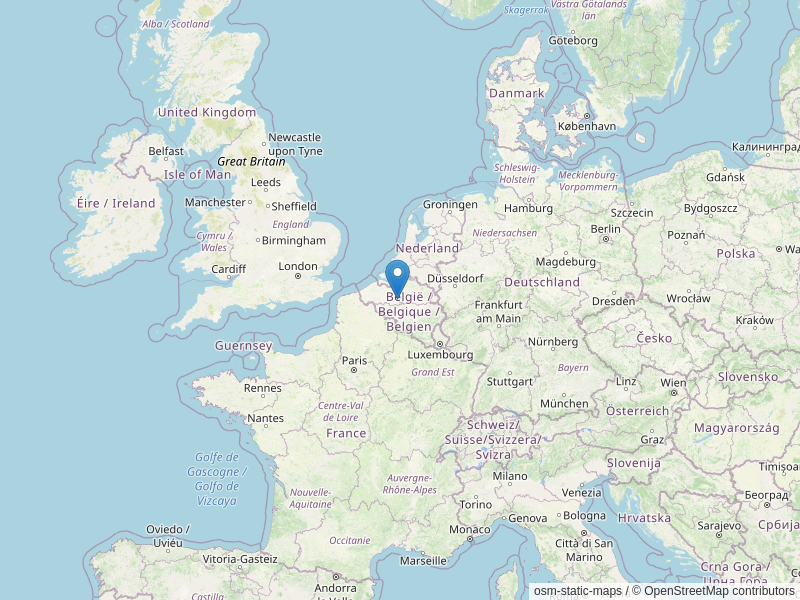New Bund-Länder strategy for the internationalisation of higher education institutions

21 August 2024
Objectives of the strategy
The new internationalisation strategy aims at providing new impetus for the further internationalisation of HEIs in Germany, focusing on four central fields of actions:
- HEIs as drivers of international mobility
- Improving the legal and structural framework
- International cooperation in a global context
- Utilising digital transformation.
The strategy is valid for the period 2024 to 2034 and will be implemented by the federal and Länder governments under their respective responsibility. It aims to set priorities and identify ways in which the attractiveness of Germany as a study and/or research destination for international students and researchers can be further increased over the next ten years. Existing obstacles such as the high drop-out rate among international students, barriers to mobility for students from German universities with special needs as well as regulatory hurdles in the implementation of internationalisation activities should be overcome, for which targeted measures are suggested.
The four fields for action in detail
- HEIs as drivers of international mobility: Improving a welcoming culture for international students and researchers. Offering foreign language and intercultural study programmes. Encouraging the acquisition of German language skills. Addressing students and researchers with special needs (e.g. people with caring responsibilities or health impairments) and underrepresented student groups (e.g. first generation students, student teachers, students at universities of applied sciences) at German universities in a targeted manner. Systematic use of digital internationalisation experience.
- Improving legal and structural framework conditions: Regulatory conditions for international students through accelerated visa and residence procedures, flexible access routes to HEIs and optimised recognition practices. Diversification of HEI staff and the needs-based provision of accommodation.
- International cooperation in a global context: Creating crisis-proofed structures at HEIs. Commitment to protecting academic freedom. Further strengthening of the European Higher Education Area. More intensive cooperation with democratically orientated countries and geographical diversification of partnerships, especially in the Global South.
- Utilising digital transformation: Strategically dovetailing digitalisation and internationalisation, creation data protection-secure infrastructures and development of common standards for digital exchange. Virtual formats complementing physical mobility and expanding access to international education.
Contribution of DAAD to the implementation of the strategy
The Erasmus+ programme, as the world’s largest education programme, plays a key role for the implementation of the internationalisation strategy. The National Agency for Erasmus+ Higher Education Cooperation within DAAD (NA DAAD) has actively promoted the inclusion of a notion about Erasmus+ in the internationalisation strategy, which suggests using the qualitative and quantitative potential of the Erasmus+ programme by strengthening the structures relevant for its implementation in HEIs.
DAAD contributes significantly to the implementation of the strategy also through targeted, policy-relevant programmes funded by the Federal Ministry of Education and Research (BMBF), such as the “Campus Initiative International Experts” (link). The programme aims to attract international talent to German higher education institutions and the German labour market by supporting international students and graduates through a holistic approach consisting of recruitment, preparation, promotion of academic success and transition to the labour market. Relevant for the implementation of the strategy is also the programme HAW-Internationalisation (link), which strengthens the internationalisation structures in universities of applied sciences (UAS) by supporting UAS to implement student and academic mobility activities and to anchor international partnerships within their institutional structures, and by providing consultation, continuous education and dialogue programmes to accompany their internationalisation measures.
Effectveness of the strategy
The strategy is characterised by a high level of details. The success of the strategy depends on the implementation within the HEIs, which have been proven to be highly committed to advance their own internationalisation strategies and approaches over the last decade, as well as to a large extent also on the financial framework conditions of the next ten years.
What next?
A report on the progress of the internationalisation strategy for HEIs in Germany will be prepared every three years. As part of the interim reviews (2027, 2030) and the final review (2033-34), the federal and Länder governments will assess and categorise the findings, e.g. as part of the publication Wissenschaft Weltoffen offered by the DAAD and DZHW (link).
